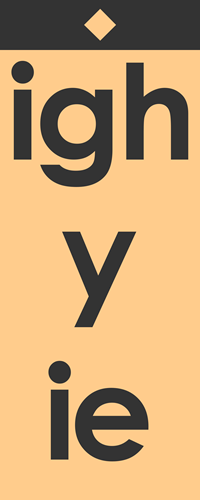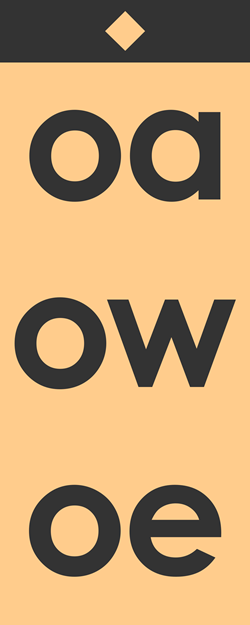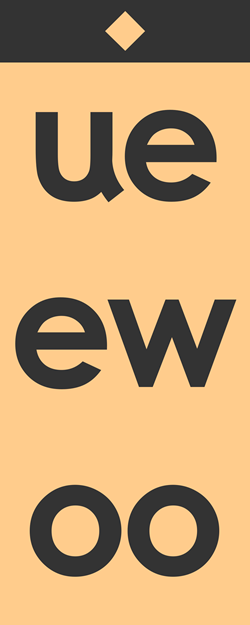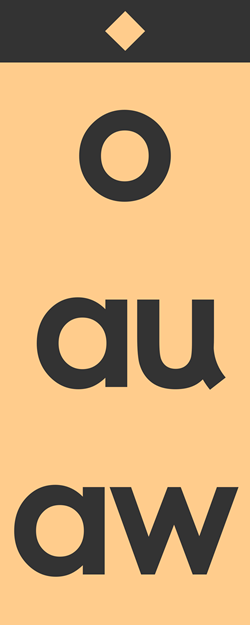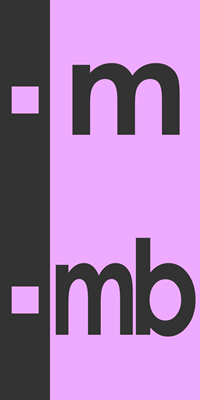How To Use These Materials
It is not necessary to learn about every function of this system to be able to use it. Our Phonics Matching Tiles printable learning system has more potential uses for teaching phonics than any teacher is likely to ever use.
The following sections example how to use the Phonics Matching Tiles for specific learning goals. Teachers using the tiles during their lessons only need to read about the learning goals that they want their students to achieve. The additional uses of the tiles can be learned by teachers gradually.
Learning Beginning & Ending Consonants
The really nice thing about this tile-based system is that the teacher has full control of which skills their students practice. A teacher can have their students focus on working on their beginning consonant recognition/matching skills by only introducing blue Sound Tiles and some Word Tiles to the practice area.

Similarly, if a teacher wants their students to understand that many of the same consonants can also be used at the end of words too, the teacher can set up a match activity that just uses the violet Sound Tiles and some Word Tiles.

Once the teacher believes that their students are ready for a more advanced challenge, they can also have them practice match both beginning consonants and ending consonants for the same words.
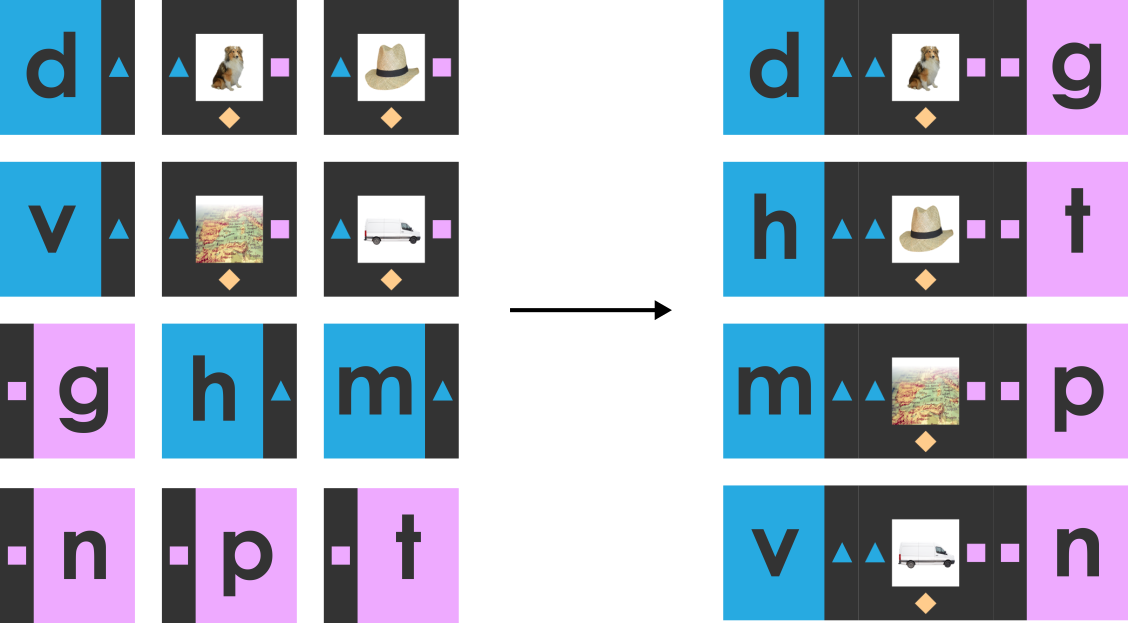
The use of different colors for the beginning and ending consonant sound tiles makes it easy for even younger students to understand the difference between sounds that start one syllable words and sounds the come at the end of the words. If a teacher has made regular use of our special multi-purpose Vocabulary Flashcards to teach new words, then their students will already associate the color blue (and triangles) with beginning consonant sounds, and using the Phonics Tiles will be very intuitive to them.
Learning Short Vowel Sounds
Of course, the Phonics Matching Tiles system is not limited to consonants. Students can also practice matching the correct vowel sounds to CVC words. The orange diamonds at the bottom of each Word Tile will make it easy for student to know where you place the vowel Sound Tiles.

Just like with the (blue) beginning consonant sounds, if a teacher has been using our Vocabulary Flashcards to teach vocabulary words, their students will already be familiar with the color orange (and diamonds) being used to represent vowels.
Learning Long Vowel Sounds
Teaching long vowel sounds is complicated. There are multiple common ways that each long vowel sound can be represented with letter combinations. For example, a long e can be written as both 'ea' and 'ee.'
To making this easier for young learners to understand, we've created just one vowel Sound Tile for each English long vowel sound. Each of these tiles show every common spelling of the vowel sound, so that students will intuitively begin to understand that each spelling is related to the same sound.
|
Sound Tile for the light
|
Sound Tile for the boat
|
Sound Tile for the blue
|
Sound Tile for the sock
|
We've made one of these tiles for the long o sound too, since unlike the other short vowel sounds, it has multiple common spellings.

Once students start learning about spelling, these tiles can also be used to ask students how to spell different CVC words with long vowels. To provide their answer, student can simply point at one of the 2 or 3 spelling options for the word's long vowel sound. This is easier than having say or write their answer and will ensure that learning progress is smoother and faster.
Multiple Spellings of the Same Phonetic Sounds
Often in the spelling of English words, different letters or combinations of letters can make the represent the same phonetic sound. For example, 'f' represents the same sound as 'ph.'
Similarly, sometimes twin letter pairs will represent the same sound as a single letter. In many words, 'zz' appears at the end of the word (or in the middle of the word) and makes the same sound as a single 'z.' This also commonly occurs with the letters 'l' and 's', and less commonly, but occasionally with 't.'
These spelling conventions can be communicated to students with some of the available Phonics Matching Tiles.

However, some combinations, like 'ss,' never occur at the beginning of words. The blue/violet color coding helps with communicating this rule to students.
|
Beginning 'm' Phonics
|
Ending 'm' Phonics
|
As all of the common spellings of each phonetic sound appears on each tile, students will intuitively understand that all of the spellings represent the same sound, but that different spellings may be used for different words.
Learning the Special 'Q' + 'U' relationship.
These materials include a special sound tile designed to commmunicate and reinforce that 'q' is (almost) always paired with the letter 'u.'

As demonstrated with the words 'quiz' and 'quick' above, the tile for 'q' includes a 'u', but still leaves room for each word's main vowel in the bottom middle.
With frequent use of the Phonics Matching Tiles for phonics practice and teaching demonstrations, by the time students are ready to be taught about the 'qu' phonics/spelling rule, they'll be so used to seeing 'q' and 'u' together on this phonics Sound Tile, that the lesson the topic will barely need to be taught!
Learning About Consonant Digraphs
Consonant digraphs are combinations of two letters that when together, represent a different sound entire than the sounds they usually represent when they appear independently.
For example, the letter 's' normal represents the beginning sound in the words 'saw' and 'sit.' The letter 'h' normally represents that beginning sound in the words 'happy' and 'horse.' However, when combined together into 'sh,' the letters represent a different sound altogether: the 'sh' sound found in the word 'ship' and 'fish.'
Teachers can use the provided digraph tiles to provide students with an opportunity to develop their recognition of the 'digraphs' found in English spelling.
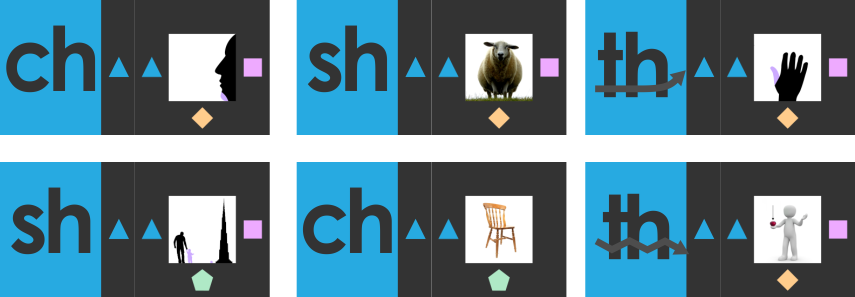
The words 'chin,' 'sheep,' 'thumb,' 'short,' 'chair,' and 'this' all begin with digraphs. For these digraph sounds, there is no single letter that also normally represents the same phonetic sound.
However, there are also some letter pairs in English that functions as an alternative "digraph spelling" of certain sounds. For example, the 'f' sound can also be written as 'ph,' and the letters 's' and 'z' (among others) are frequent write as 'ss' and 'zz,' especially at the end of words (but never at the beginning).
To make it easier for younger students to understand this, our Sound Tiles for many sounds show the two most common ways to spell each sound.

For each of these "two spellings" Sound Tiles, the triangles/squares are positioned so that the the correct spelling for the word on the Word Tile can be "attached" on the right or left side of the Word Tile.
Learning About Consonant Blends
Consonant blends are combinations of two or three letters that when together, phonetically combine the sounds of the letters that form the blend. For example, the blend 'br' combines a 'b' sound with an 'r' sound. Unlike digraphs, like 'ch,' the combination 'br' does not represent a new/different sound altogether.
To make this clear to students, a horizontal arrow appears on all of our consonant blend tiles (pointed in the direction that the letters of pronounced in sequence).
There are both beginning blends and ending blends. Our beginning blend tiles are always coded blue/triangle (and designed to connect with the left side of Phonics Word Tiles) and our ending blend tiles are always coded violet/square (and designed to connect with the right side of Phonics Word Tiles).
This helps student learn to differentiate between beginning consonant blends and ending consonant blends. For example, a student may notice (or be encouraged to notice by a teacher) that while there is a violet/square coded 'nt' tile, there is not equivalent blue/triangle coded tile.

Learning About R-Colored Vowels
English features a number of special vowel-consonant combinations where a vowel sound is followed by an 'r' sound. To help students notice that vowel-consonant combinations are a special situation that differs from other "pure" vowels, all vowel-consonant combination tiles are coded with green/pentagon.
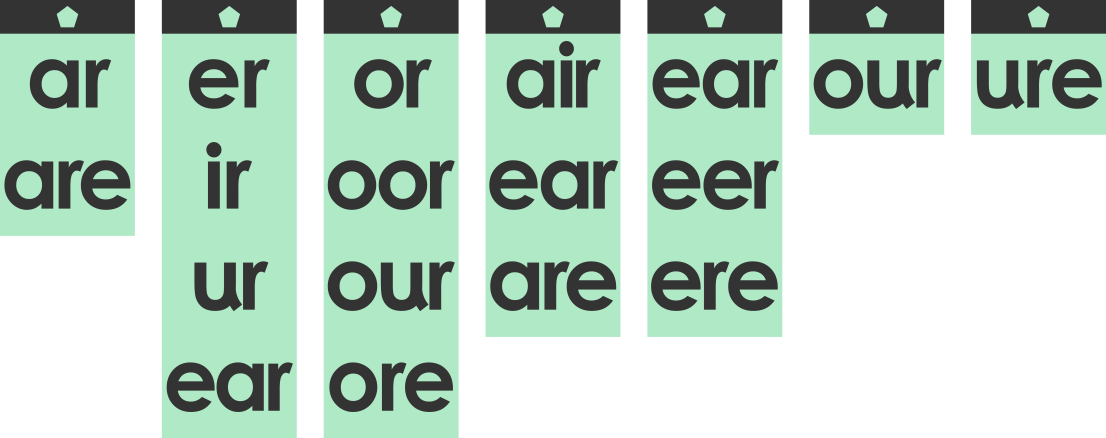
Like all consonant tiles where there is more than one spelling of a sound, each tile shows all of the potential (common) spellings of the r-colored vowel sound the tile represents.
For example, the same sound represented by 'air' appears in both the word 'chair' and 'bear,' even though it is spelled as 'ear' in the latter word. The same sound also appears in 'square,' but in that word is spelled 'are.' To communicate this to students, all three of these spellings appear on the same phonics matching tile.
Students can initially be taught to match these sound tiles to word tiles based on sound. But once are ready to begin developing their writing skills, a teacher can also choose to quiz students on which of the spellings on an r-colored vowel sound tile is the correct spelling for the word pictured on the word card.
Other Phonics Sounds
There are a few other sound tiles that don't fit into one of the categories listed above. They are shown below.
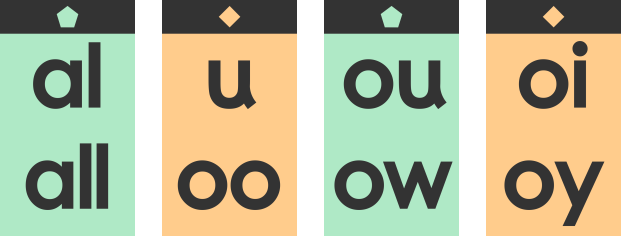
From left to right, these include
- the 'al' sound found in 'ball' and 'salt'
- the 'u' sound found in 'put' and 'foot'
- the 'ou' sound found in 'cloud' and 'now'
- the 'oi' sound found in 'oil' and 'boy'
